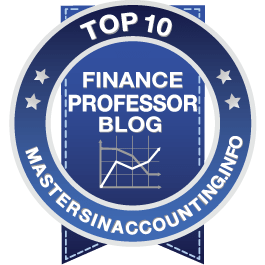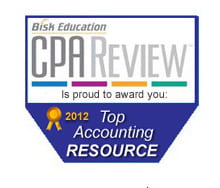The Presidential Cycle Should Result In Higher Stock Prices By Year End 2011
Recently there has been a great deal of concern about Europe’s debt problems as well as the risk of a double dip recession in the U.S. The 2007 – 2009 financial crisis has resulted in a very slow economic recovery from the most severe recession, in both length of time and depth of decline, since the 1930’s.
Despite the outlook for relatively weak economic growth in the near future, the performance of the stock market in 2011 may outperform the current expectations of many based on historical precedent – namely, the “Presidential Cycle.”
A table on page 2 of the 2010 Berkshire Hathaway Annual Report (BRK.A), (BRK.B) displays a series of annual returns to the S&P 500 (including dividends). Over the 46 year period from 1965 – 2010 shown on this table, the compounded annual return to the S&P 500 has equaled 9.4%. However, in the 8 instances over this time period, in the third year of a president’s first term, the average annual total return to the S&P 500 has equaled 27.5%, with a range from 18.2% in 1979 to 37.6% in 1995. In the three cases of a Democrat in the White House (Johnson 1967, Carter 1979, and Clinton 1995) the average gain for the third year of their presidency was 28.9%. With Republicans in the White House (Nixon 1971, Ford 1975, Reagan 1983, George H.W. Bush 1991, and George W. Bush 2003) the average gain was 26.7%.
Is this observation just a statistical oddity, or is there a good explanation? One possible explanation of the “third year effect of a presidential cycle” is the desire of the incumbent to be re-elected. Since the state of the economy on election day is a major determinant of whether an incumbent president keeps his job, a stimulative fiscal policy (and frequently an accompanying stimulative monetary policy) can be expected. This is currently the case. Since the stock market forecasts future economic conditions, it would not be too surprising to see it rise in the year before the President seeks re-election. The S&P 500 through October 14, 2011 is down 2.6% year to date, while the Dow Jones Industrial Average is up 0.6%. If the above trend is to continue in 2011, which is the third year in President Obama’s first term, then the stock market would be expected to do very well over the remaining 75 days of 2011.
This article has been published by Seeking Alpha:





In current bearish global market situations, your post gives a hope for bullish run at least at the end of 2011.
Fantastic observation! Nothing better than finding a statistical cycle like this or even a reoccurring chart pattern that is identified when using technical analysis. Nice article!